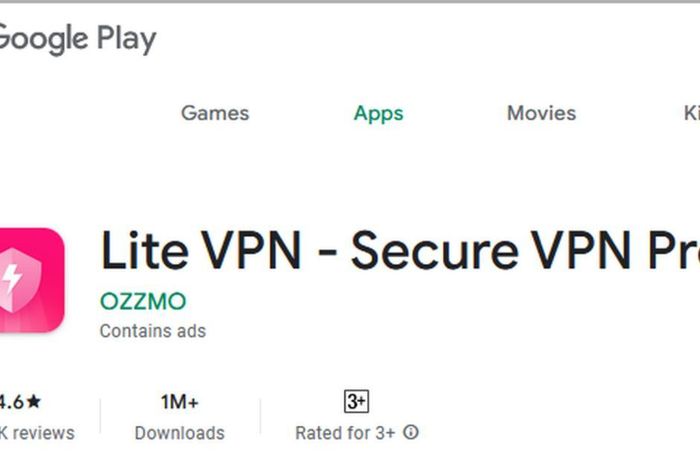One in three smartphone users will encounter malicious banking applications
The results of a global study conducted by Avast network security company and published at MWC 2018 showed that 36% of survey respondents could not tell the difference between a fake bank application and a real application. This means that about 1 in 3 smartphone users are at risk of exposing their financial information to the wrong hands.

Avast has investigated 40,000 people in 12 countries and legitimate mobile banking applications used in the survey are mostly from global companies targeted by criminals. These banks include Citibank, Wells Fargo, Santander, HSBC, ING, Chase, Bank of Scotland and Sberbank. This study was conducted in countries such as the United States, Britain, France, Germany, Russia, Japan, Mexico, Argentina, Indonesia, the Czech Republic, Brazil and Spain.
43% of survey participants use banks' mobile applications. 30% of them do not use it, stay away from them because they fear that these applications are not secure enough to protect users from fraudulent activities.
58% of respondents confused the official mobile banking application is fake. As we pointed out, 36% of people think fake banking applications are real applications. In the US, only 40% of users think bank apps are fake, but 42% think fake bank applications are real.
Considering that this is a scenario that leads to problems, consumers in the state want to ensure that the banking applications they use are true. Avast said that both Android and iOS users need to be cautious in this regard.
"We are witnessing an increase in the number of malicious applications for Android devices, which can pass security checks on popular app stores and find their way into consumer phones. " - Gagan Singh, of the SVP and GM, Avast said.
However, this is becoming more and more difficult. According to Avast, hackers are increasingly sophisticated in creating mobile-like mobile banking applications. The network security company has discovered a new version of BankBot Trojan on Google Play Store disguised as a flashlight and solitaire game app.
When these applications are installed on smartphones, they create fake coverage on real mobile banking applications, collect account information that users enter into the overlay because it is mistaken for a real application.
Don't be a victim. If you feel there are any abnormalities on your banking application, remove it immediately.
See more:
- Put your phone down and feel the world around you
- Using a smartphone before bed can make your child obese
- What does a smartphone bring to users?
You should read it
- Hacker took advantage of the vulnerability in SS7 to steal bank accounts
- Detecting fake 2FA security apps that can steal bank accounts on Android phones
- Summary of the hottest tech news of May 3, 2015
- How to distinguish true fake news
- New bank trojan detection on Android Red Alert
- How to play Solitaire in Linux terminal with solitaire-ti
- China - hacker 'factory'
- Facebook, Google, Twitter tightly control information related to Corona virus
- Android software specialized in stealing bank passwords, copying keystrokes
- The rules need to know to enhance the security of iPhone, iPad and Android
- How to fake GPS on the phone
- Facebook starts to evaluate the reliability of users
May be interested

PhoneKid, what's the special phone for children?

Google improves Search to provide more in-depth results for questions

This cool young man is the one who exposed the data leak of 50 million Facebook users

Kvaern electronic bicycle can run on solar energy

YouTube announces new features, enabling users to livestream directly from the computer web browser

Apple Pay Cash began to deploy globally






 The list of applications containing malicious code or malicious ads should be removed from the phone
The list of applications containing malicious code or malicious ads should be removed from the phone 28 harmful applications that need to be immediately removed from your smartphone
28 harmful applications that need to be immediately removed from your smartphone Demand for smartphone applications is declining
Demand for smartphone applications is declining New banking malware discovered that can remotely control Android devices
New banking malware discovered that can remotely control Android devices Instructions for using Internet Banking Vietcombank
Instructions for using Internet Banking Vietcombank 238 applications found on Play Store contain malicious code that paralyzes smartphones
238 applications found on Play Store contain malicious code that paralyzes smartphones